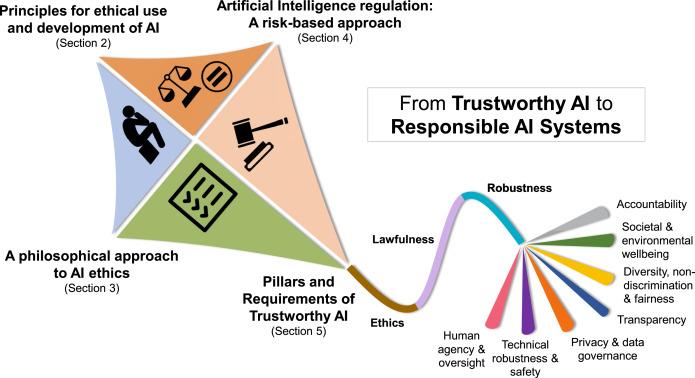2025 Hiring Predictions: Clean Slate Laws, Identity Fraud, And AI Compliance

The landscape of hiring and employment is undergoing a significant transformation, driven by advancements in technology, changes in legislation, and evolving societal norms. As we look towards 2025, three key trends are set to redefine the hiring process: the implementation of clean slate laws, the rise of identity fraud, and the critical need for AI compliance. This article aims to demystify these trends, offering valuable insights and practical advice for businesses, legal teams, and compliance officers navigating these changes.
Introduction
The hiring process is no longer just about finding the right fit for a job. It’s about navigating a complex web of legal, technological, and ethical considerations. Clean slate laws are changing the way employers access and use criminal records, identity fraud is on the rise, posing new challenges for verifying candidate information, and AI compliance has become a critical component of any technology-driven hiring process. Understanding these trends is essential for any organization looking to stay ahead in the competitive landscape of 2025.
Clean Slate Laws: A New Era of Employment Opportunities
What Are Clean Slate Laws?
Clean slate laws are designed to automatically seal certain criminal records after a person has remained crime-free for a specific period, thereby removing barriers to employment, housing, and education. These laws reflect a growing recognition of the importance of giving individuals a second chance and the positive impact this can have on society and the economy.
Impact on Hiring
For employers, clean slate laws necessitate a reevaluation of background check processes and policies. Companies must stay informed about which offenses are eligible for sealing and ensure their hiring practices comply with these laws. This shift not only affects the legal compliance aspect of hiring but also opens up a broader talent pool, potentially bringing diverse experiences and perspectives into the workforce.
Combating Identity Fraud in Hiring
The Rise of Identity Fraud
As digital hiring processes become the norm, the risk of identity fraud has escalated. Fraudulent job applications can lead to significant legal and financial consequences, making it imperative for employers to implement robust verification processes.
Strategies for Employers
To combat identity fraud, employers should leverage advanced background screening technologies that include biometric verification and AI-driven analysis. These tools can significantly reduce the risk of fraud by ensuring that the person being hired is indeed who they claim to be.
Navigating AI Compliance in Hiring
The Importance of AI Compliance
Artificial intelligence plays a pivotal role in modern hiring processes, from screening resumes to conducting initial interviews. However, as AI technologies evolve, so do the regulations governing their use. Ensuring AI compliance is not just about adhering to current laws; it’s about anticipating future regulations and understanding the ethical implications of AI in hiring.
Practical Steps for Compliance
- Conduct AI Audits: Regularly review your AI systems to ensure they comply with existing laws and ethical standards.
- Stay Informed: Keep abreast of changes in AI legislation and adjust your practices accordingly.
- Implement Transparency: Make your AI decision-making processes transparent to candidates, offering explanations for AI-driven outcomes.
- Promote Fairness: Actively work to eliminate bias from your AI systems, ensuring they promote diversity and fairness.
Conclusion
The hiring landscape of 2025 is shaped by technological advancements and legislative changes, presenting both challenges and opportunities for employers. By understanding and adapting to clean slate laws, implementing strategies to combat identity fraud, and ensuring AI compliance, organizations can navigate these changes successfully. The key to thriving in this new environment is a proactive approach, staying informed, and embracing the potential of technology to enhance the hiring process while maintaining ethical and legal standards.
For businesses, legal teams, and compliance officers, the journey towards 2025’s hiring practices begins with awareness and adaptation. By focusing on these areas, you can ensure that your organization not only complies with the latest regulations but also leverages these changes to build a stronger, more diverse, and more resilient workforce.
Navigating the future of hiring requires a blend of legal insight, technological innovation, and ethical consideration. As we move towards 2025, the organizations that prioritize these elements will not only stay ahead of the curve but also contribute to a more inclusive and equitable employment landscape.
